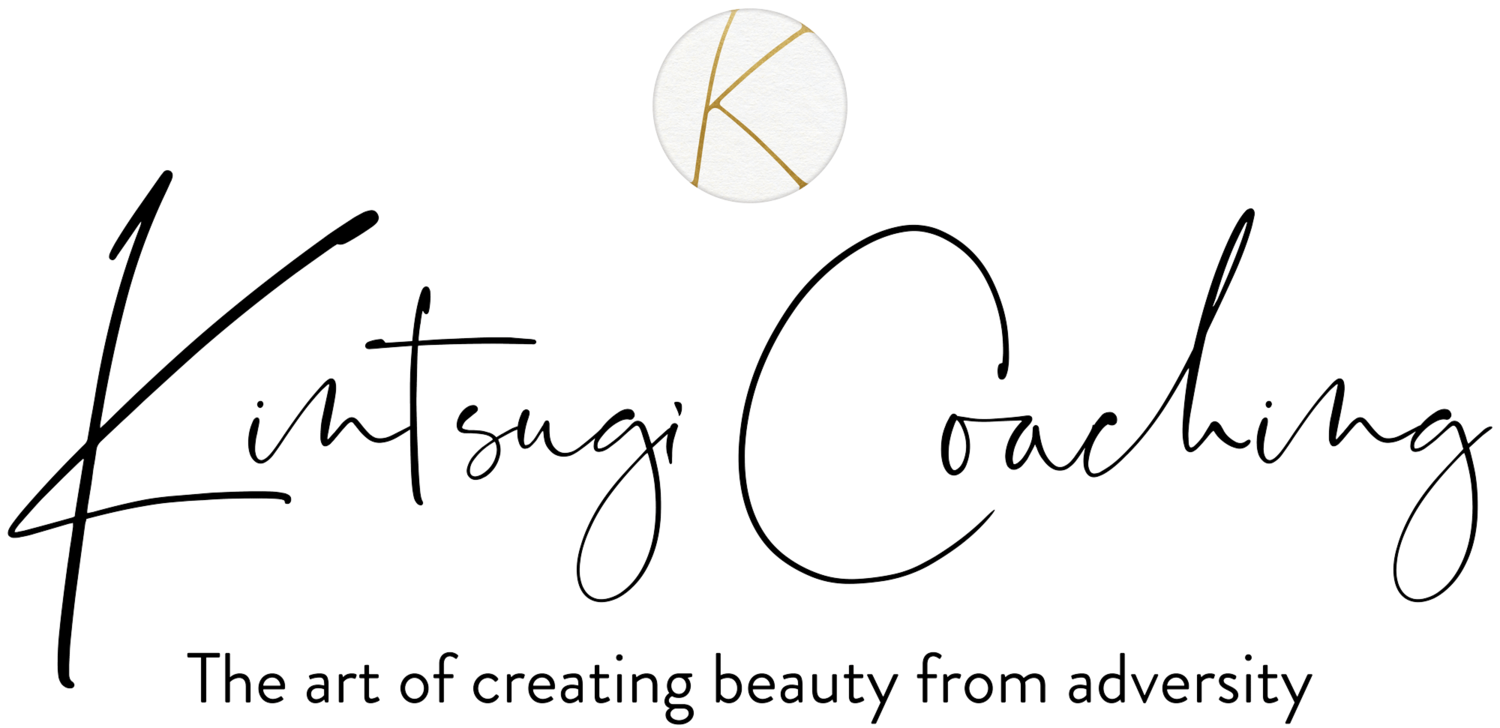Transformation
When I was a little girl, I loved searching for caterpillars on the milkweed plants that grew in abundance around our house. I would pluck one from the underside of a leaf and place it in my hand, stroking its smooth body with a tentative finger, carefully carrying it home in cupped hands to be re-homed in a mayonnaise jar, along with a stick and some leaves. I’d poke holes in the lid and then run out to the garage every day and check to see if the black and yellow striped creature had cocooned itself. When at last it did, I would continue to check every day to see if it had reemerged, wings flapping gently as it hung on its twig, and I would release it to the sky. It was a beautiful and fascinating transformation.
Two years ago I attended a lecture given by a noted biologist, who spoke about the transformation of a caterpillar into a butterfly. Once the creeping caterpillar is encased in it’s chrysalis, he said, the vast majority of its cells race to commit a sort of mass suicide, unable to adapt to the newly emerging paradigm. But a few of the caterpillar’s cells – poetically and appropriately called imaginal cells – survive, and they do this by transforming themselves into an entirely unexpected new creature, with entirely new abilities: a butterfly.
In my imagination, such a metamorphosis is nothing short of horrific: a soft, simple, creature deliquescing into what can only be described as caterpillar soup. Perhaps (and this is my wish), the caterpillar feels nothing. But in my mind, it is a sort of living death: painful, terrifying, disorienting in the extreme.
It’s difficult to die when you are very much alive, to die to your old nature, or your former abilities. It’s incredibly arduous to lose your health or your partner, your house or job. Transformations always involve a sort of death, even as they precipitate the birth of something new. Even happy transitions can be painful. My first year as a mother of two was one of the hardest years of my life. It rivaled my first year of being widowed, although in different ways. One was loss, one was gain; both were ordeals.
This liminal state, this period between letting go of what was and waiting for the what-is-yet-to-be, is agonizing. It’s a sort of exile; the Buddhists call it the bardos, which literally means “an in-between island.” No one likes it. We all try to escape it, avoid it, medicate it if possible. The little red convertible, alcohol, botox, busyness–all are a form of resistance generated by our fear of change.
To resist transformation, however, is to resist life itself. Life is change and movement, it is multiple deaths and rebirths. If you lose this larger awareness, then, like those caterpillar cells that commit hara-kiri when their world begins to shift, you panic and fight, and part of you dies. You become a dark, hardened creature, locked in your cocoon, never fully embodying your divine, inborn potential. This is the true loss: not that a part of you dies, but that you refuse to fully live.
Because change comes whether we resist it or not, our only choice is whether we harden ourselves to it, or allow it to transform us. Navigating change with a modicum of grace is hugely challenging. It requires that you release the familiar, float in a dark ooze, trusting that something new and good will take form. It requires that you endure the confusion, fear and pain of being caterpillar soup.
You do not have to like what is happening. You don’t have to embrace it or be joyful about it; you just have to make room for it. You can hate the process of transformation and still respect it, still acknowledge that something vital and potent and unknown is happening. If you can hold fast to the promise of rebirth as you lose your bearings, your confidence, your familiar self; if you can endure the dissolution and allow yourself to simply swim in this soup of soul-making, the transformation will happen not only to you but in you. Something new will take form: a new direction, a new possibility, a new life.
The best way to survive the ordeal is to do nothing. Do nothing and accept everything; accept the fear, the anger, the disappointment and grief and sorrow. Allow whatever arises to simply be, without resistance. Doing this softens the discomfort and keeps you open and receptive to what is waiting to come in. By welcoming even the unwanted visitation of change, you become available to the gifts it brings.
The caterpillar, ensconced it its cocoon in my mayonnaise jar, was unknowingly destined to become a butterfly. The beauty of that transformation, however, entailed the darkness and confusion of death and waiting through the long, dark passage for the moment when it would discover its new form, its new perspective, its new life. And then, it flew.

